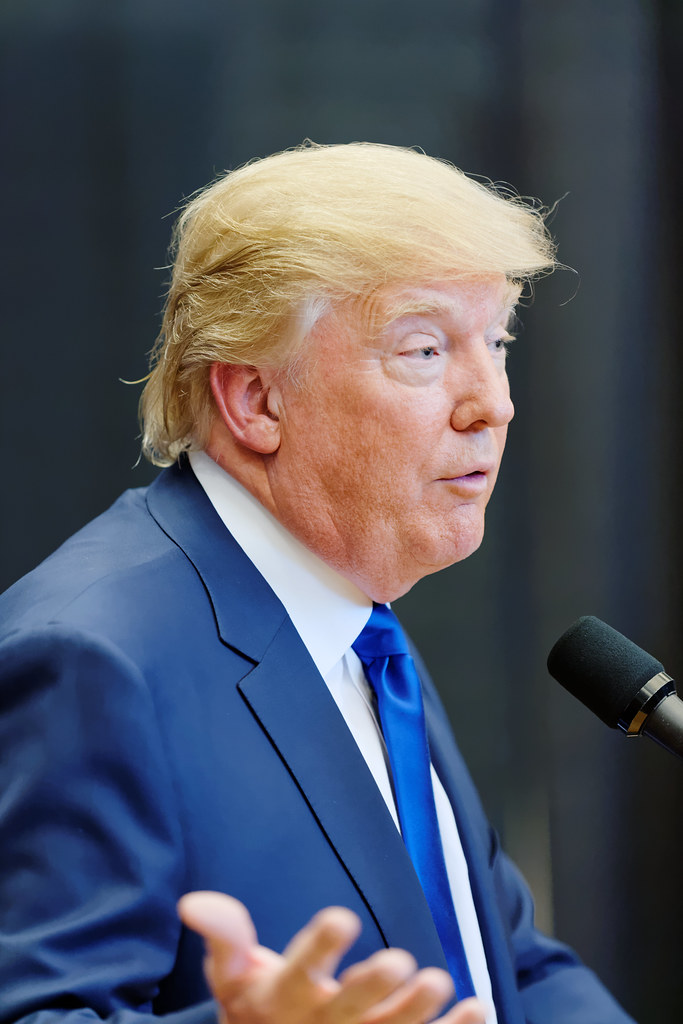Key Takeaways
• Democrats offer to extend pandemic health subsidies to curb rising insurance costs.
• The president cancels talks and refuses to negotiate on funding.
• The White House threatens to fire, not furlough, federal workers in a government shutdown.
• Blame for any government shutdown now clearly points to the president’s inaction.
How the Government Shutdown Blame Unfolds
The Standoff Over Funding
The fight now centers on Congress passing a funding bill before October 1. Democrats want to extend pandemic-era health subsidies under the Affordable Care Act. This move would keep premiums from jumping next year. In exchange, they would vote to keep the government open. Meanwhile, they also demand Republicans drop planned Medicaid cuts. However, the president has flatly refused to bargain. He even canceled a meeting with Democratic congressional leaders. His message was clear: he won’t talk, so any government shutdown would be on him.
The Obamacare Subsidy Fight
Democrats warn that without extended subsidies, millions will face higher insurance costs. They say preventing this spike is urgent. For example, families could see monthly premiums double or triple. Therefore, they link their vote to a deal on health care. Yet the president won’t agree. He calls the proposal “unproductive” on his social media site. As a result, the funding bill stalls. In effect, the Democrats are ready to negotiate. The president is not. This simple truth shifts the burden of a government shutdown onto his shoulders.
The Forceful Threat
Instead of talks, the White House threatened to fire federal workers if there’s a government shutdown. Normally, agencies furlough employees without pay. Now the budget office will advise managers to cut pay permanently. In other words, workers will lose their jobs, not just their paychecks temporarily. This hard line resembles a ransom note: do what I say, or the workers get it. Such tactics aim to scare Democrats into giving in. However, many view this as blatant coercion rather than a serious negotiating move.
Why Trump’s Tactics Fail
First, the threat undercuts his own demand to keep the government open. If he truly wanted no shutdown, he would stick to normal furlough rules. Second, the move appears thuggish, like a bully demanding ransom. Third, it gives the opposition even more incentive to resist. In fact, Senate Minority Leader Chuck Schumer called it an “attempt at intimidation.” He added that these firings would end up reversed in court or reversed by the administration itself. Clearly, such threats do not build trust or encourage compromise.
The President’s Broken Promises
Even if the president agreed to extend subsidies and reverse Medicaid cuts, Democrats have little reason to trust him. In July, he rescinded nine billion dollars for public TV and radio that Republicans had already approved. He asked for it back—and they complied. There was no penalty for breaking the deal. This pattern shows he may promise one day and climb back on that promise the next. Therefore, there is no guarantee he will follow through after a deal on funding.
Why Democrats Might Say No
Democrats face pressure to act as “the adults in the room.” They worry voters will blame them if a shutdown happens. For this reason, some propose trading their vote to keep the government open for other demands: lifting tariffs, defending free speech online, or more. However, these options still rely on trusting the president to keep his word. Given his record of walk-backs and denials, many believe the only safe move is to say no. This way, the president alone bears the blame for any government shutdown.
The Real Question: What Does He Want?
The bigger mystery is why the president refuses to negotiate. He says no meeting could be productive, but he gave no real reasons. Some suggest he wants to undercut the federal workforce. Others think he simply enjoys the fight. Either way, he shows no interest in a deal. In fact, he treats the budget process like a game. As long as the government remains a bargaining chip, he holds all the cards. But such a strategy risks a shutdown that only he will be blamed for.
What Comes Next
With October 1 fast approaching, Congress must act. Democrats plan to link votes to key demands. Republicans hold the majority in the House and Senate faces a tie vote. Without bipartisan support, no bill will pass. Meanwhile, the public watches who will take the fall for a government shutdown. All signs point to the president. He shut the door on negotiations and threatened federal workers. In the end, that makes him responsible.
FAQs
What happens if Congress fails to pass a spending bill?
If no funding bill passes by October 1, nonessential federal agencies close. Essential services continue, but many workers lose pay or jobs.
Why do Democrats insist on extending health subsidies?
They argue that pandemic-era subsidies kept insurance costs low. Without them, millions could face sudden, steep premium hikes.
Can the president legally fire federal workers during a shutdown?
Normally, agencies must furlough workers without pay. Firing them would be an unprecedented move that likely faces legal challenges.
How can a shutdown be avoided?
Both parties must agree on a spending bill. That typically means compromises on policy issues and funding levels.

